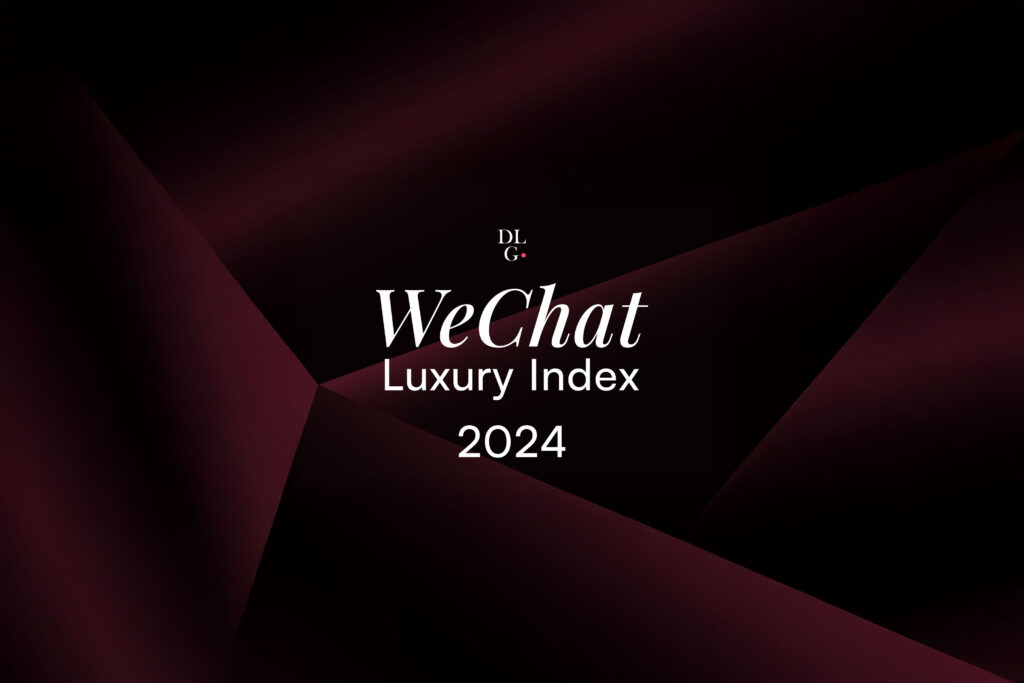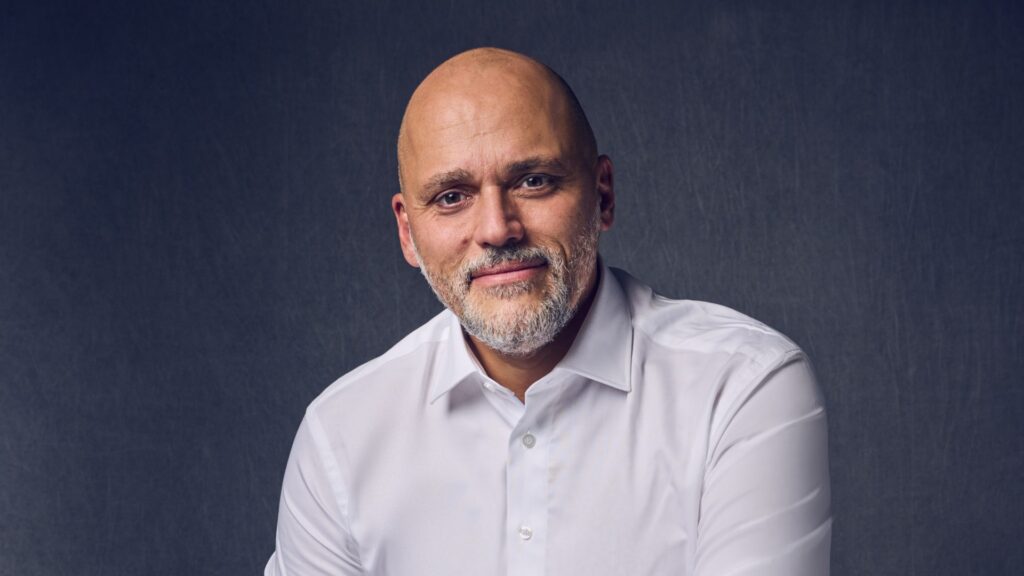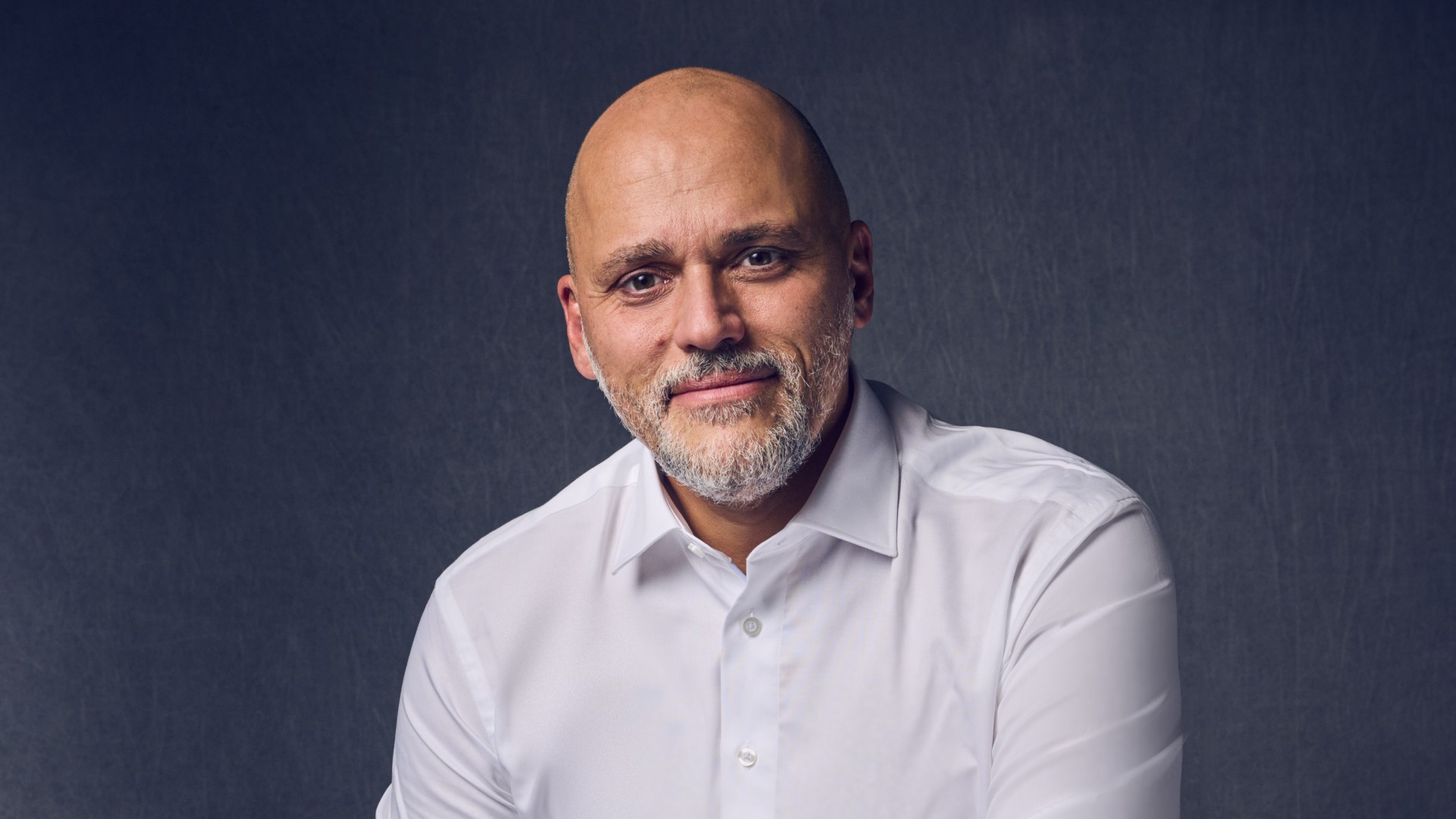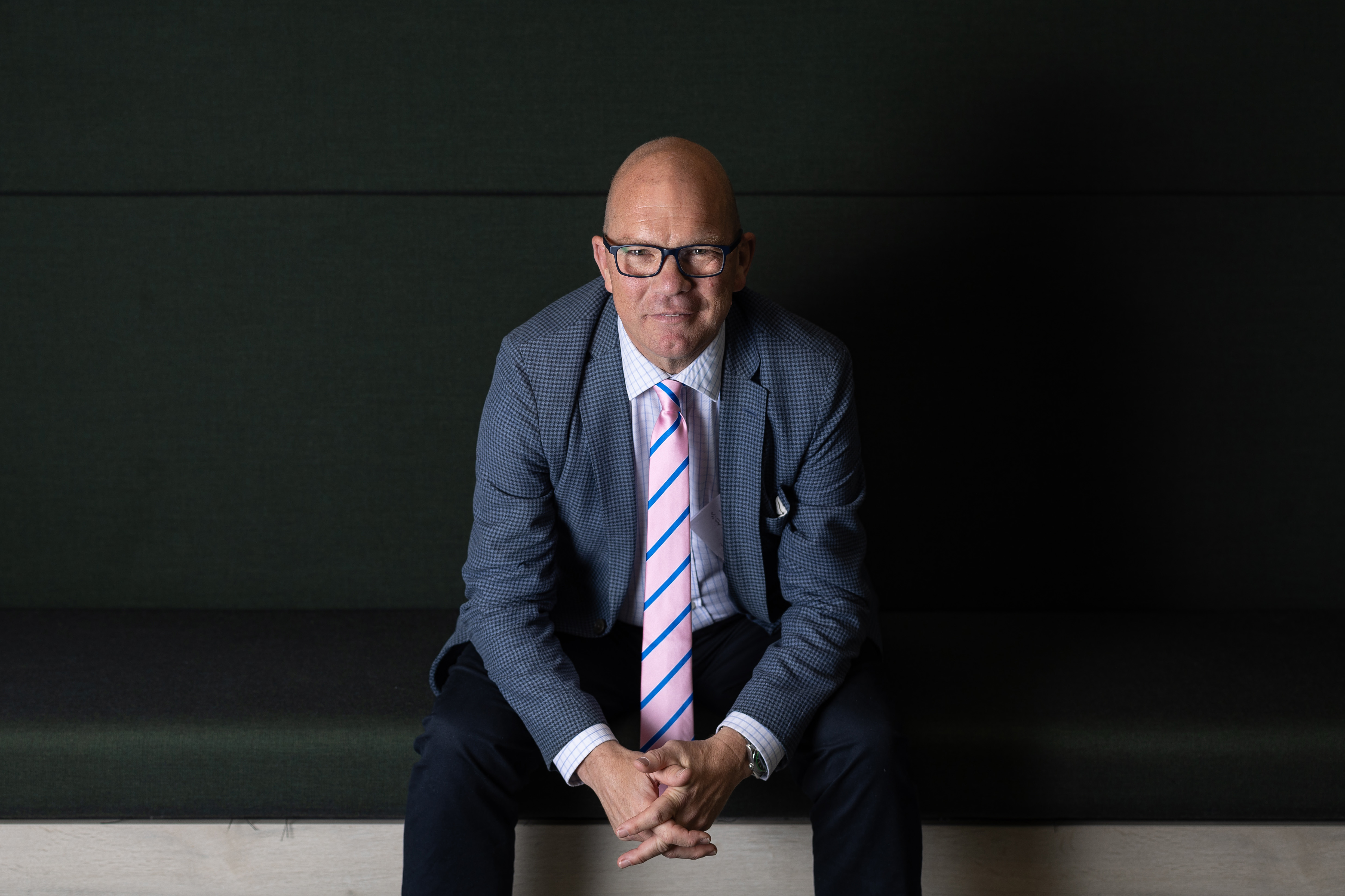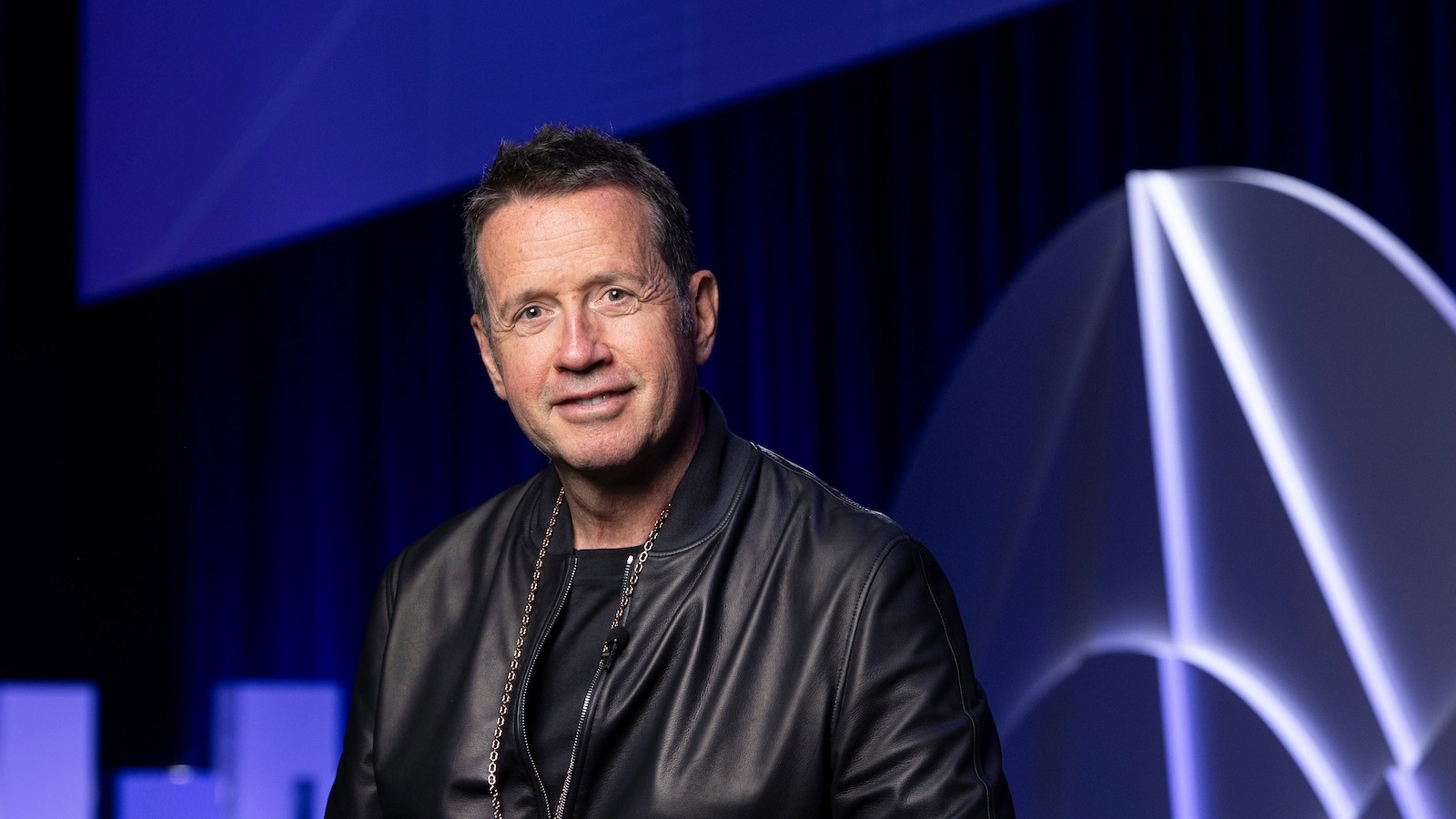As overtourism threatens iconic destinations and luxury consumers seek deeper meaning in their travels, Original Travel’s Tom Barber reveals how the industry is adapting to a world where authentic experiences matter most
The luxury travel sector has weathered countless storms since the dawn of modern tourism, yet the past five years have tested its resilience like never before. From pandemic-induced border closures to the current surge in mass tourism overwhelming some of the world’s most cherished destinations, the industry finds itself navigating uncharted waters whilst simultaneously experiencing unprecedented demand.
Tom Barber, Co-founder and Brand Director of Original Travel, offers candid insights into an industry learning to balance growth with sustainability, and exclusivity with accessibility, on a recent episode of The Luxury Society Podcast.
A Resilient Industry Faces New Headwinds
The luxury travel sector’s ability to adapt and survive has been tested repeatedly over the past two decades, with Barber witnessing this resilience from the very beginning. “We started in 2003, and almost immediately, SARS came along. You realise pretty quickly that travel is the lightning rod for everything. Anything that goes wrong anywhere in the world creates repercussions for the travel industry. But it makes you very resilient,” he reflects.
This hard-earned resilience, however, is now being tested by a different challenge entirely. According to McKinsey & Company’s 2024 Global Travel Sentiment Survey, whilst overall travel intentions remain strong, luxury travellers are increasingly selective about their spending decisions – a shift that Barber has observed firsthand.
“I have a lot of friends who are in property, in art, in other sectors dealing with luxury, and we’re all experiencing the same thing. It’s difficult getting people over the line,” he explains. This increased prudence isn’t isolated to travel but reflects a broader recalibration across luxury verticals as affluent consumers become more discerning with their discretionary spending.
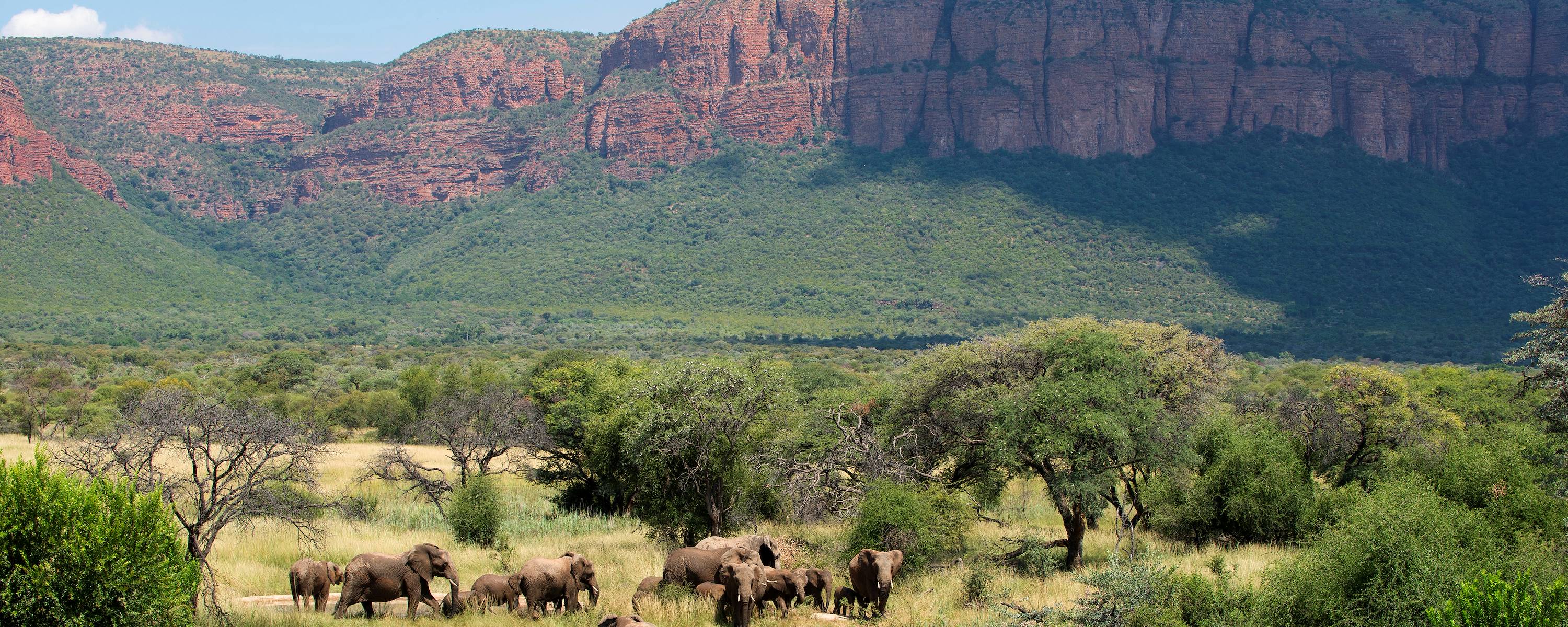
Credit: Original Travel
The financial considerations have become particularly acute for families navigating multiple luxury expenses amid broader economic uncertainty. “A lot of our clientele have children in private school… Now if you look at the average cost per child per year, that’s around £10,000. And the average cost of an Original Travel holiday is probably £12,000-£13,000. This is a serious consideration,” Barber notes, highlighting how luxury travel now competes directly with other premium lifestyle commitments rather than being an automatic addition to them.
Post-Pandemic Priorities Drive New Travel Behaviours
Yet within this cautious spending environment lies a paradox: the pandemic has simultaneously made travel more challenging whilst reinforcing its fundamental importance to affluent consumers.
This shift towards experiential luxury reflects broader transformations across the travel sector. As Anna Nash, President of Explora Journeys, observed in an earlier podcast episode, modern affluent travellers are “seeking experiences above anything else”.
“[COVID] allowed people to reassess what was important. And I think everybody is after more meaningful experiences now,” explains Barber. This search for meaning has manifested in specific travel patterns that luxury operators are observing across their client base.
Multi-generational travel has emerged as one of the most significant trends, with what Barber calls “3G – three generational travel” gaining particular momentum. The pandemic highlighted the precious nature of family time, driving a surge in bookings that bring together grandparents, parents, and children for shared adventures. According to the Family Travel Association’s 2023 survey, over 50% of parents are now planning to travel with grandparents and children, whilst 50% of grandparents have taken a multi-generational trip in the past three years.
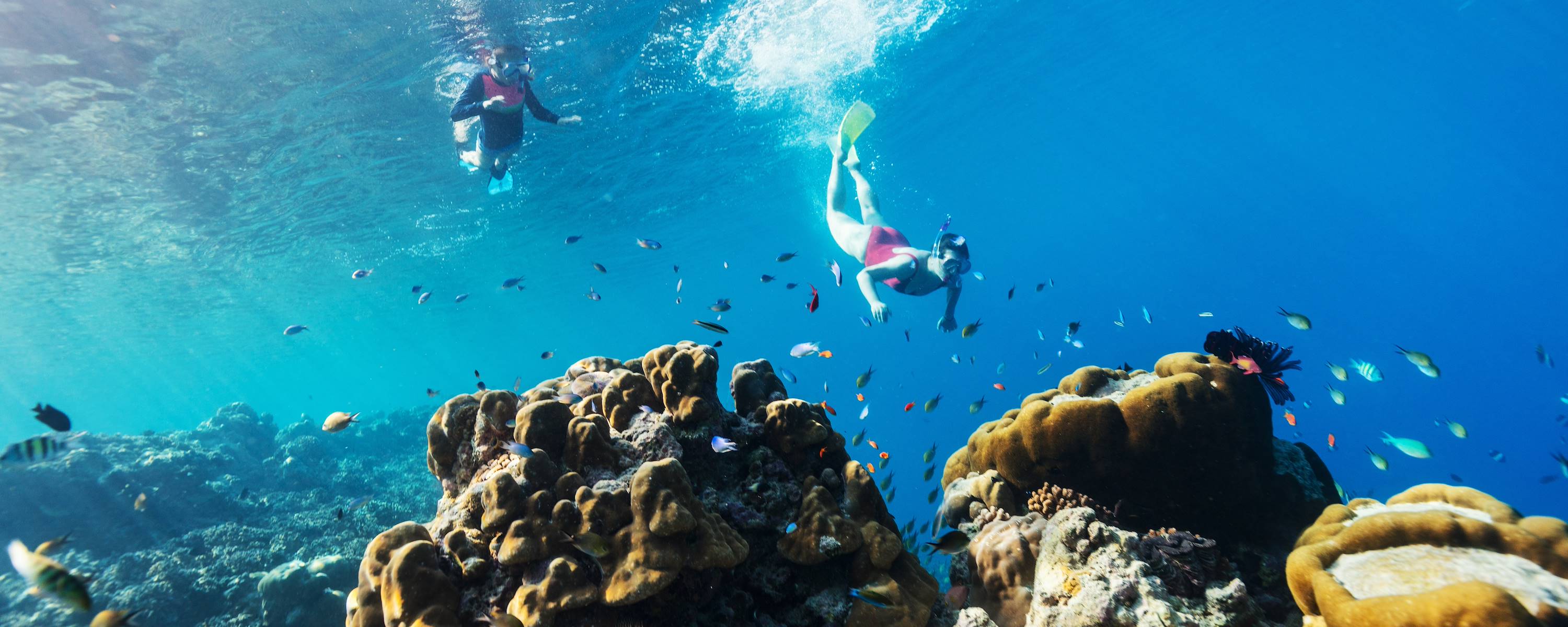
Credit: Original Travel
According to Barber, this desire for meaningful connection has also spawned variations including “bonding holidays” between just two family members – whether grandparent and grandchild or godparent and godchild – while also leading to the rise of “family sabbaticals,” where parents who’ve “worked too hard for the last 10 years and barely seen their kids” are taking children out of school for an entire term to “experience something amazing together.”
Confronting the Challenge of Overtourism
Whilst the luxury travel sector celebrates recovered demand, it simultaneously grapples with an unintended consequence of this resurgence: the overwhelming of traditional destinations. According to the United Nations World Tourism Organisation, international tourist arrivals to Europe in 2024 exceeded pre-pandemic levels, fuelled by strong intraregional demand. This surge is creating significant pressure on infrastructure and local communities, particularly in popular destinations where tourism growth is outpacing the capacity for sustainable management.
“The one thing we have noticed has been post-pandemic: the influx of American tourists into Europe has been gargantuan, and it has led to an enormous increase in prices, not even just the top hotels,” says Barber. According to data from the European Travel Commission (ETC), American visitors to Europe in 2024 significantly surpassed pre-pandemic levels, with many destinations reporting double-digit increases over 2019 – such as Portugal (+91%) and Türkiye (+153%). This surge has been driven in part by favourable exchange rates and pent-up demand.
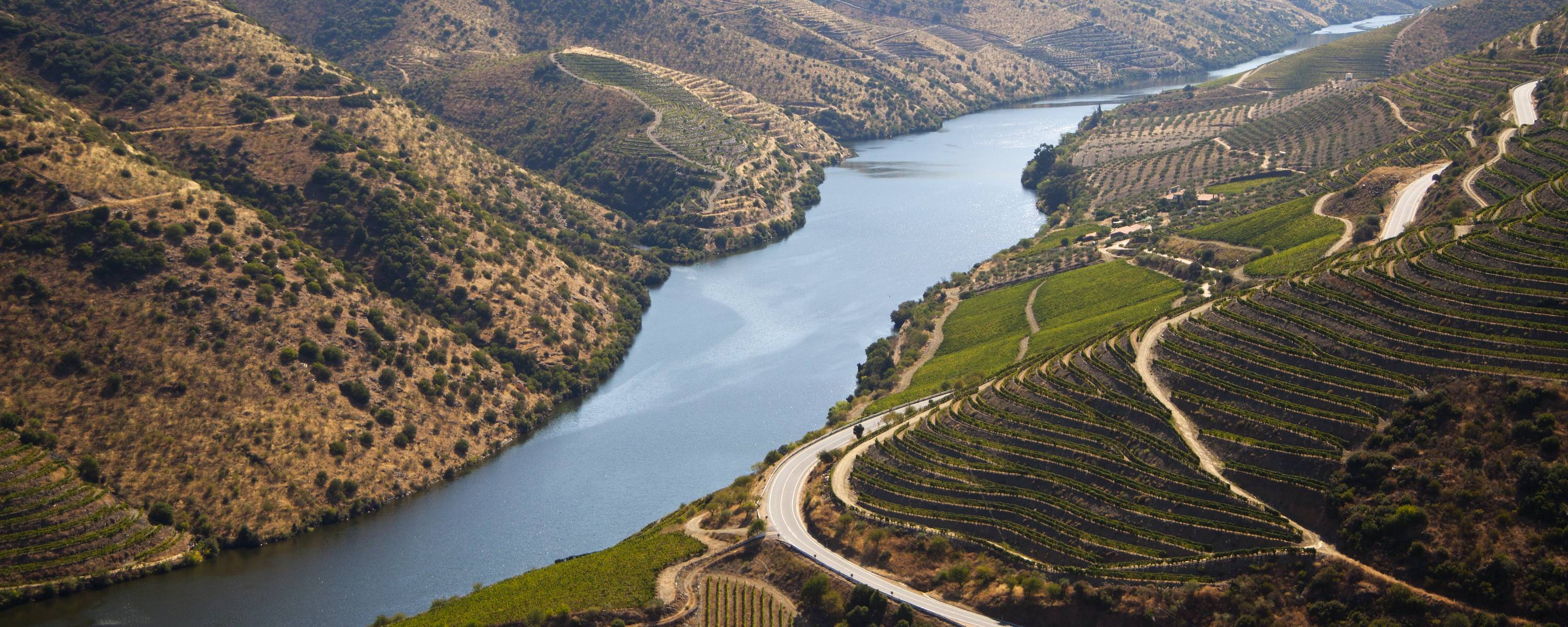
Credit: Original Travel
Social media’s role in exacerbating overtourism has become a particular concern for luxury travel professionals who witness the disconnect between online popularity and sustainable tourism. “[Social media has] been a profoundly bad thing for the places that get too much focus,” Barber says. “Instagram and TikTok are doing a terrible job of making some places unbelievably popular.”
For Barber, addressing this crisis requires collective industry responsibility. “[The world] has a massive tourism problem. And again, rather like with carbon emissions, we all need to be part of the solution and not the problem,” he says. His proposed remedy involves strategic destination diversification, explaining that the world offers countless alternatives to overcrowded hotspots, whether through exploring completely different locations or timing visits to avoid peak season.
This approach represents a growing movement within luxury travel towards what industry experts term “alternative destination tourism.” Rather than contributing to overcrowding at established hotspots, forward-thinking operators are guiding clients towards lesser-known regions that offer similar experiences without the crowds.
“A classic example would be flying to Naples in Italy and instead of heading to the Amalfi Coast – which is to be avoided in some way – head south from Naples airport and go to Cilento, which is a beautiful, rural countryside, with amazing beaches full of discerning Italians – not full of other tourists,” Barber illustrates.
“We just need to spread the people and consequently the tourist dollar,” he adds.
Redefining Luxury Through Responsibility
As the luxury travel sector evolves, the industry is demonstrating that true luxury increasingly means exclusive access to authentic experiences rather than simply exclusive access to popular destinations. This shift reflects broader changes in luxury consumption patterns, where provenance and purpose carry equal weight to prestige and price.
The industry’s response to overtourism challenges reveals a maturing sector that recognises its long-term success depends on preserving the very destinations and experiences that form its foundation. In embracing more sustainable and thoughtful approaches to travel, luxury operators are not only addressing immediate challenges but positioning themselves for continued relevance in an era where conscious consumption defines modern affluence.
__________________________
Listen to the full interview with Tom Barber on The Luxury Society Podcast on Apple, Spotify, and other major podcast platforms.
To discover more about how the luxury travel industry is adapting to changing consumer preferences, read our interview with Anna Nash, President of Explora Journeys, or listen to the podcast episode available on Apple, Spotify, and other major podcast platforms.
Subscribe to The Luxury Society Podcast to receive notifications about new episodes featuring luxury industry leaders. Never miss an episode as we continue exploring the themes shaping the future of luxury.



